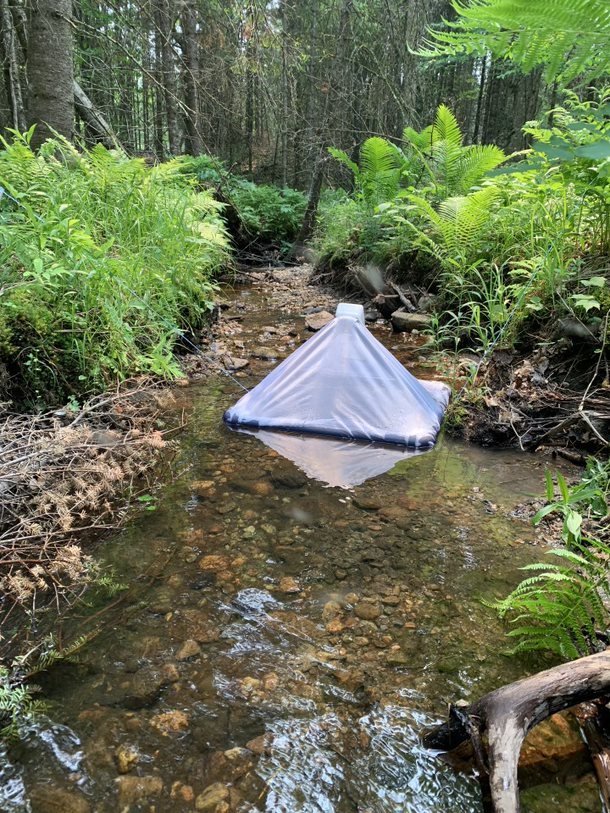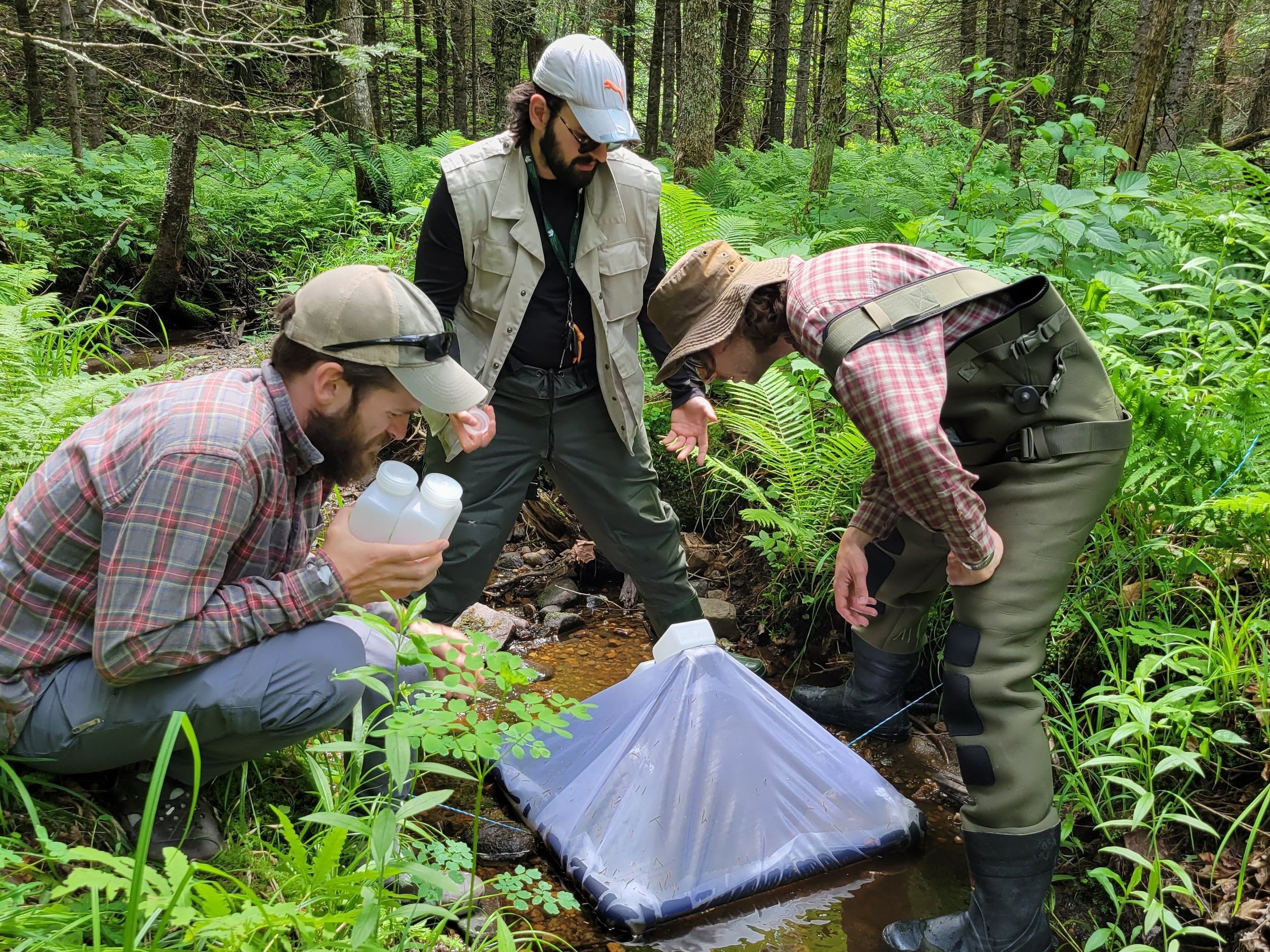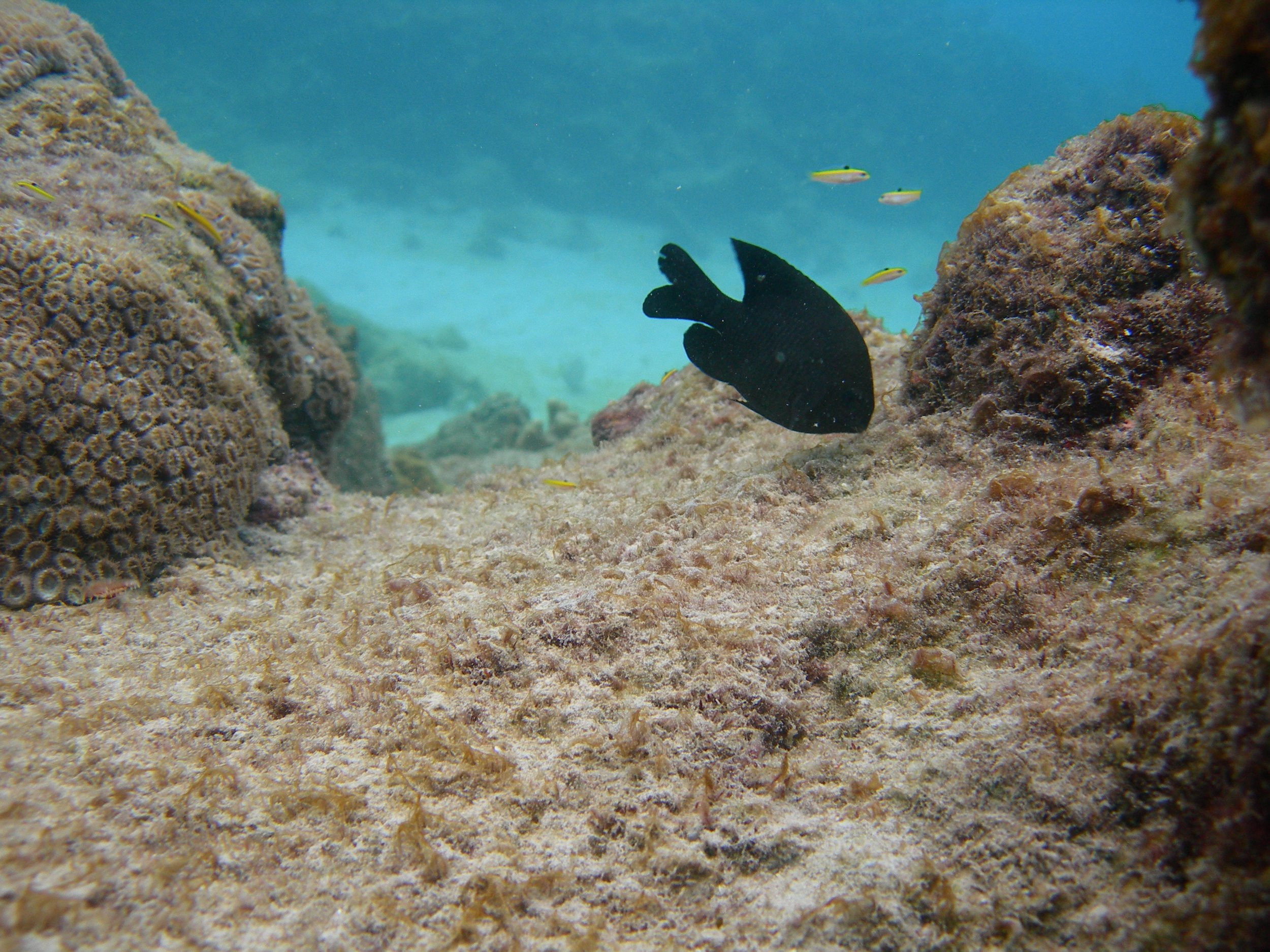Aquatic connectivity
Projects in progress …
-
Examing the effects of culverts on biodiversity, productivity and ecosystem services
Baptiste Nelaton, PhD project

-
Evaluate the dependency of terrestrial habitats to emergent aquatic insects near culverts
Matteo Babinski, MSc project

-
Using microcosms and protists to test the impacts of barriers to movement on meta-communities
Sarah Bertrand, MSc project

… Projects finished
-
Evaluate functional connectivity in a coral reef fish
Partial barrier to movement can impact meta-population dynamics. With a translocation experiment, we examined how sand patch (predation risk) and conspecifics impact damselfish movement.




